Fiddle leaf fig propagation: get more plants for free with our advice
Follow our easy guide on fiddle leaf fig propagation to increase your indoor plant collection

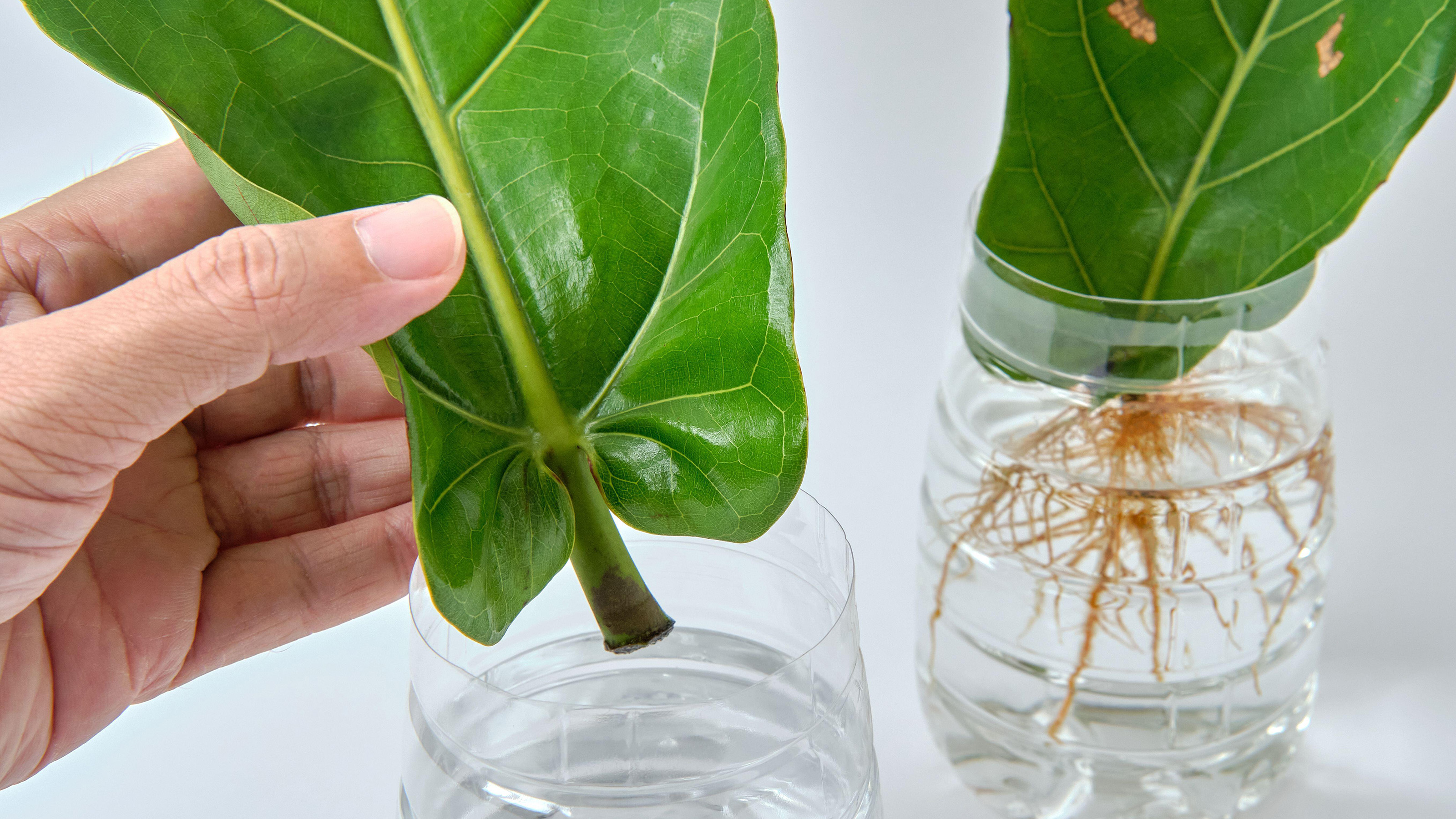
Learning the simple art of fiddle leaf fig propagation will help propel your indoor plant collection to greater heights, without any extra cost.
The large sculptural leaves of the fiddle leaf fig (Ficus lyrata) have catapulted this rainforest species to the top of the houseplant charts in recent years. And not only do they look great, but also, fiddle leaf fig care is easy, as they survive short periods of drought unscathed.
What's more, they also lend themselves to a couple of simple propagation methods that allow you to make more plants for free. Your propagation options are either to take cuttings, or, if you have a large, multi-stemmed specimen, you can divide it into two or more new plants. Our guide explains how to do both.
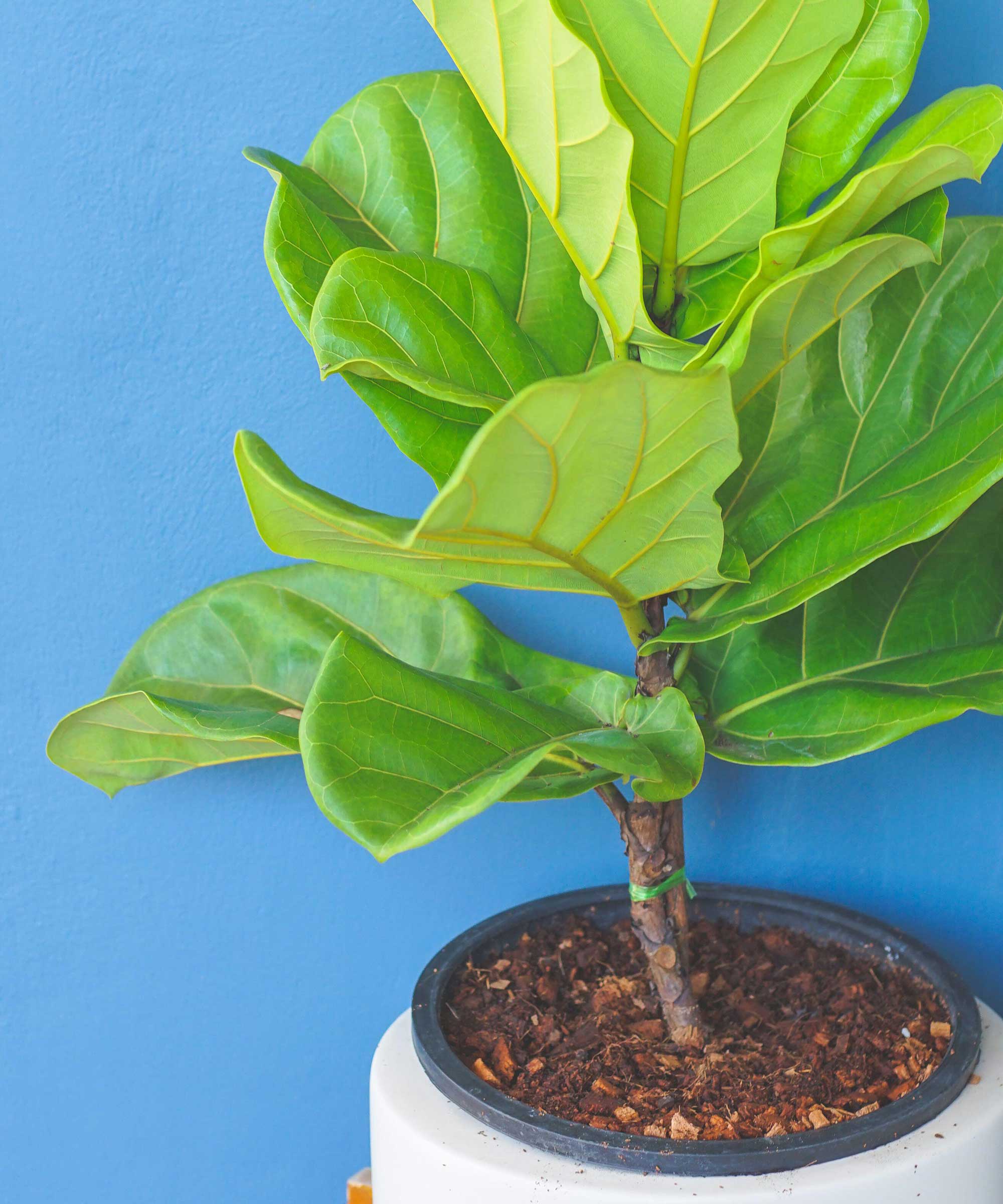
Fiddle leaf fig propagation by taking cuttings: 4 easy steps
You might have already had a go at dracaena propagation, which is done by taking cuttings. This method is also used in fiddle leaf fig propagation, which is outlined below.
It will increase your stock of the best indoor plants, and has a high success rate when done properly.
- Check that your low maintenance indoor plant has plenty of leafy stems, and look for one with healthy leaves. You can use the clippings from a mature plant or take individual leaves from a smaller fig. Using a clean and sharp pair of your best secateurs, either remove one leaf or a short section of stem holding two or three leaves, cutting it back to the main stem or just above a leaf.
- Fill a few containers with water – distilled water is best, or you can use tap water that has been left for a day to allow the chlorine to dissipate. Then, simply pop the leaf stalks or stems into the water and leave the cuttings in a bright area, out of direct sunlight.
- Replace the water every few days to keep it fresh. You will soon notice small roots beginning to develop at the base of each leaf or stem. When each cutting has produced a network of roots that looks large enough to support the stem or leaf above them, plant them up in a pot (with drainage holes in the base) filled with a 3:1 mix of soil-based compost and perlite.
- Like succulent propagation, fiddle leaf fig cuttings don't like to become too wet. Keep the compost moist but guard against waterlogging by watering the cuttings from below. To do this, place them in a tray or bowl of water and leave the compost to soak up the moisture. Remove them when the top of the compost feels damp. Watering from below also prevents the compost from being dislodged and exposing the immature roots of the young plants.
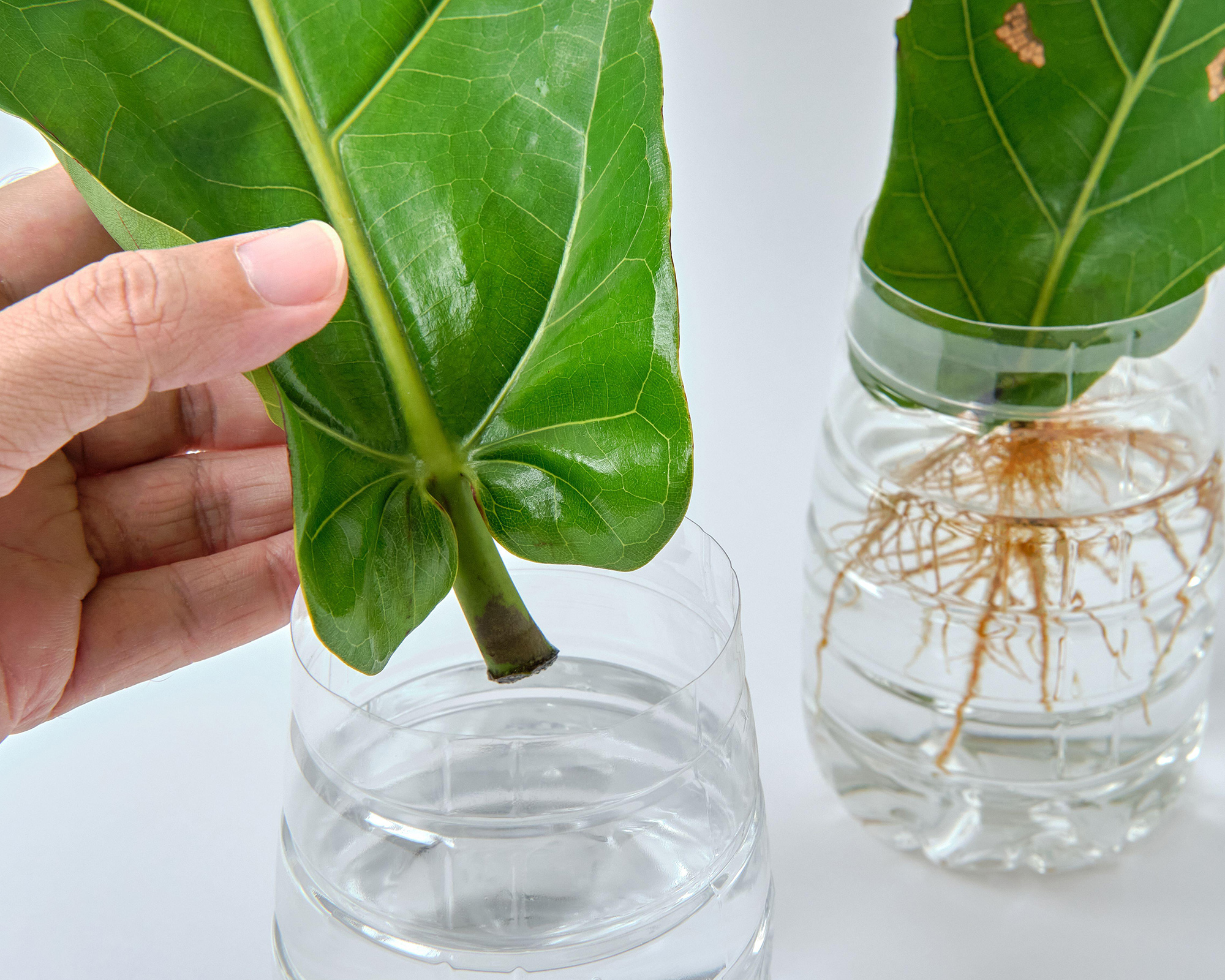
Fiddle leaf propagation by division: 4 simple steps
If you have a large fig, your plant may comprise a few healthy stems. In fact, over time, roots and stems can become congested and your plant will begin to struggle as they compete for nutrients, water, and light. Allowing this to progress too far is a common indoor plant mistake.
To avoid this problem, you can divide the plant and pot each stem into its own container. And of course, the other benefit is you'll get lots of 'new' plants, for free.
Dividing large plants may cause them to go into shock, and the leaves may wilt a little afterward, but they should recover after a week or two as the roots start growing again.
- First, water your plant well and leave it to drain for an hour or so. Then, remove the plant from its pot and pull apart the stems with your hands, making sure that each leafy section has a good system of healthy roots, including the tiny, fibrous feeder roots, which absorb the most water and nutrients.
- If the roots are packed together more tightly, use a sharp, clean kitchen knife to cut the root ball into sections.
- In a 3:1 mix of soil-based compost and perlite, plant up the divided stems and roots into pots a little larger than each of the root balls, making sure that they are at the same level when planted as they were in their original container.
- Water well, and leave your plants to grow in the bright, draft-free conditions they enjoy. They make a good plant for bedrooms if they're well-lit.
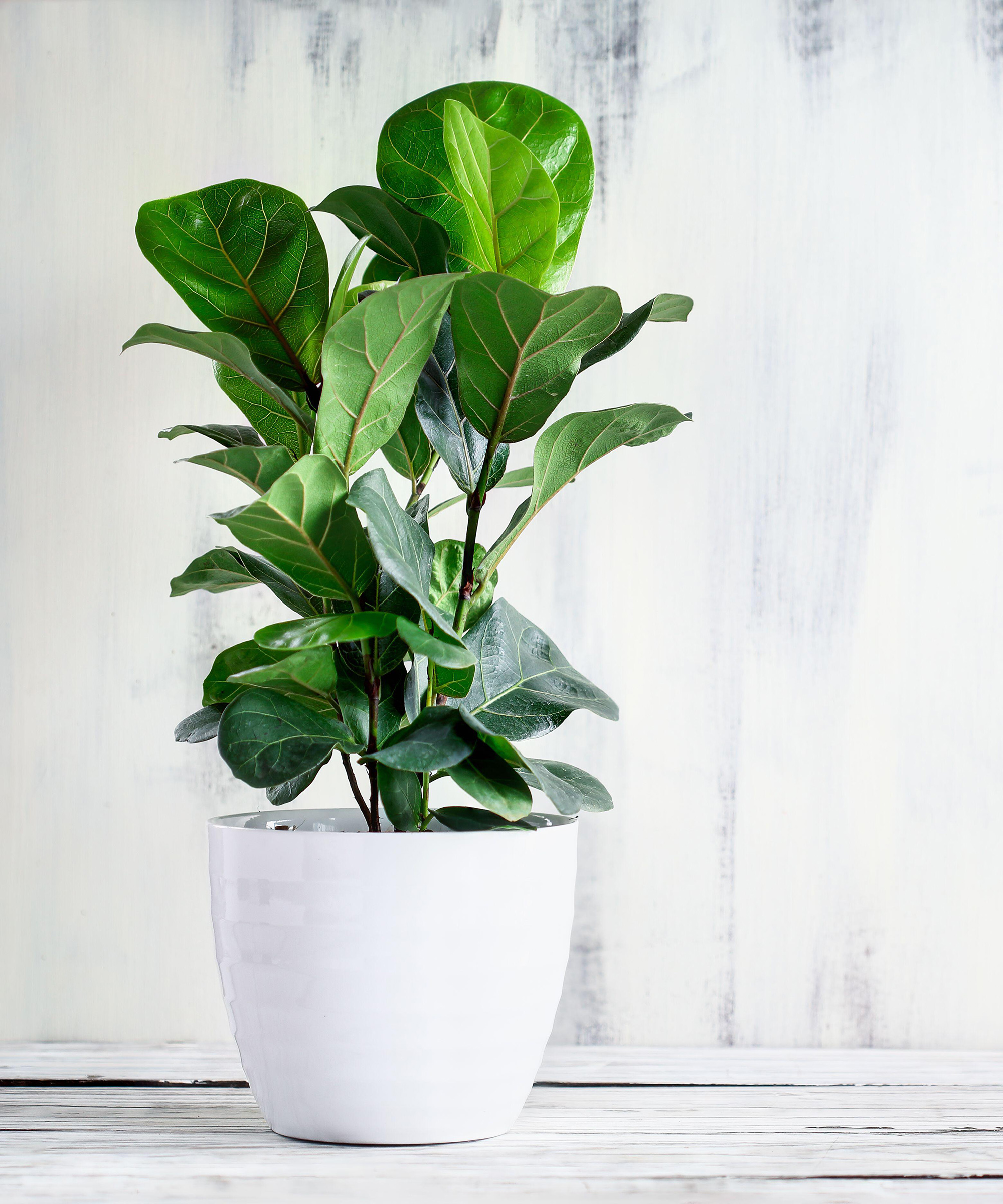
How long do fiddle leaf fig cuttings take to root?
If you're doing your fiddle leaf fig propagation by taking stem or leaf cuttings and placing them in water, you'll start to notice new roots appearing after a few weeks.
They can then be transferred into a pot of compost. Plants will look lovely as they grow on a shelf, perhaps alongside your existing office plants, but will take a couple of years to reach full size.
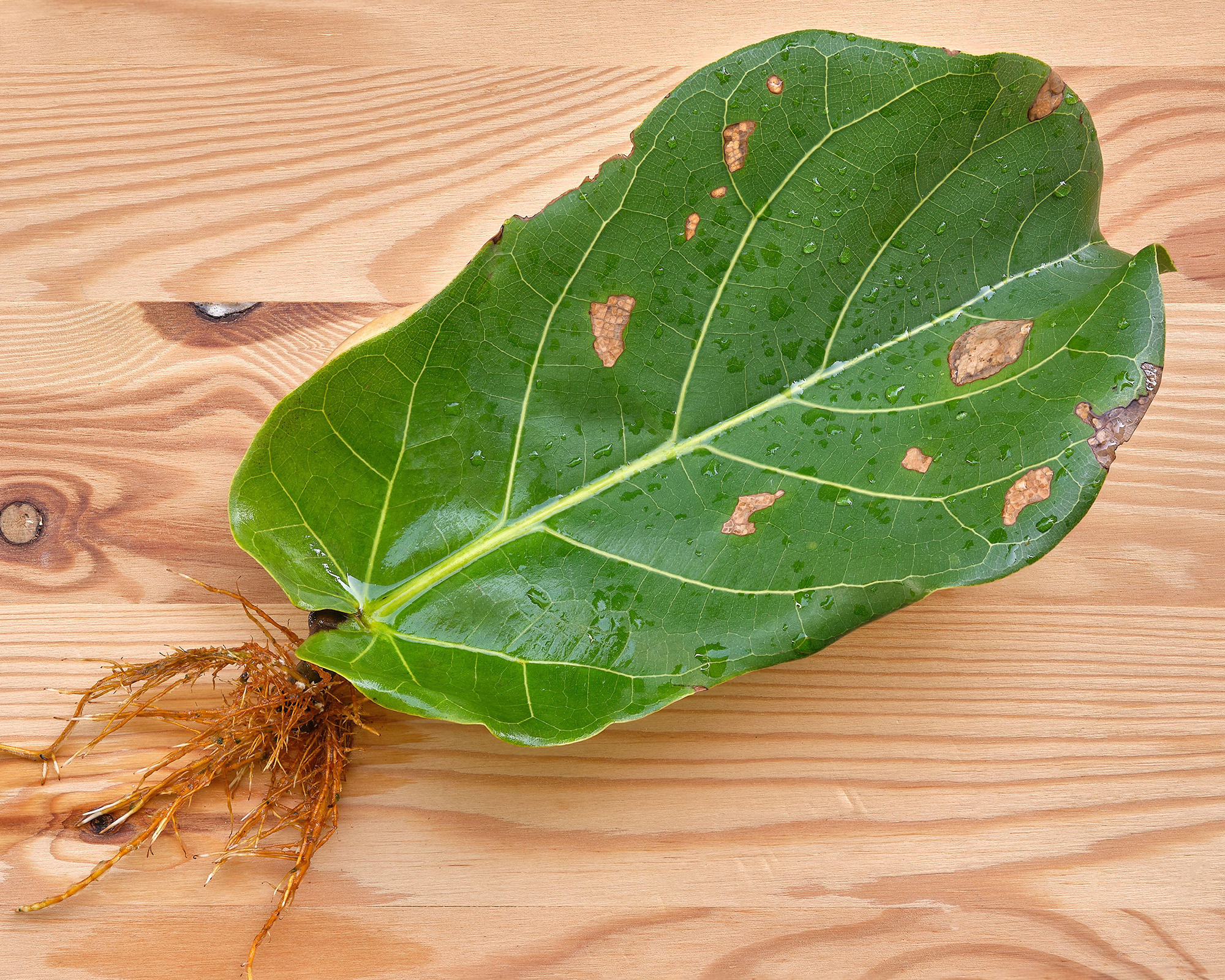
When is the best time to propagate fiddle leaf figs?
As with rubber plant propagation, the best time to take cuttings or divide your plant for fiddle leaf fig propagation is in spring. This is when your plant will be in active growth and will quickly establish a new set of roots.

Zia Allaway is a garden book author, editor, and journalist, and writes for a range of gardening and women’s magazines, including Easy Gardens, Homes & Gardens and Livingetc, as well as The Guardian and The Daily Telegraph newspapers. She has also written books for the Royal Horticultural Society and Dorling Kindersley publishers, including Eco-Gardening, Compost, Low Maintenance, Practical House Plant Book, Practical Cactus & Succulent Book, Indoor Edible Garden, What Plant Where, and the Encyclopedia of Plants and Flowers.
